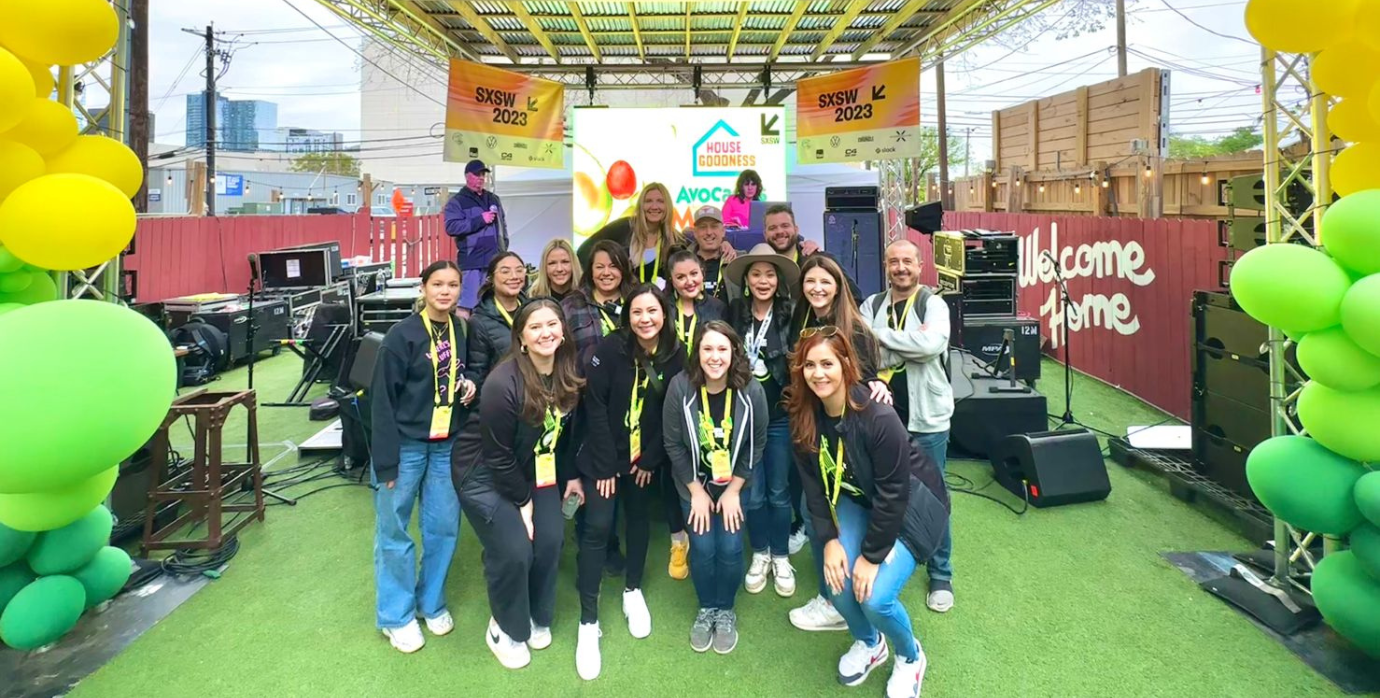270B is a minority-owned business

Death of the Subculture
Merriam-Webster defines a subculture as “an ethnic, regional, economic, or social group exhibiting characteristic patterns of behavior sufficient to distinguish it from others within an embracing culture or society.” Typically, subcultures evolve around a certain style of music, art, literature, or even political ideal, and usually develop among young people.
Basically, an individual, complex culture inside a larger, mainstream culture.
Now this isn’t a new concept. Subcultures have been around for as long as mainstream cultures have failed to provide certain needs to certain groups of people – whether that’s community, acceptance, emotional fulfillment, economic stability, or fun. Some of the earlier subcultures in the US include the Bright Young Things (1920s), Hepcats (1940s), and Beatniks (1950s)1. Besides these, there have been many that have amassed huge communities throughout the country and are still thriving to this day.
While these niche communities offer solace to those who may feel isolated or disillusioned with mainstream culture, they can often be very exclusive. If you didn’t dress the part, if you didn’t go to the right shows, if you didn’t talk to the right people, you weren’t considered a part of the community – a fate worse than death, you were labeled a poser.
Because the Internet
Of course, all of this shifted with the introduction of the Internet. Suddenly, people were able to access tons of information they couldn’t before, allowing them to quickly learn about topics from all around the country – and the world, for that matter. The internet began to fill the needs of marginalized people that mainstream culture couldn’t before.
This had its positives and negatives. In an article for British Vogue, Yomi Adegoke said, “in the same way that social media provides an immediate entry point to different societal groups, it also homogenizes.”2 Given the ability to access information about different subcultures without the typical context (community events, political history, local congregational areas, etc.), people are able to adopt bits and pieces of a subculture without the other barriers to entry.
Enter, the Aesthetic
There are two ways of thinking about this today. The first is that there’s no such thing as “mainstream” anymore. With everyone taking the parts of different subcultures they like, they fall into every category – and therefore don’t fall into any category. This obviously makes sense because humans are multidimensional, we’re allowed to change and grow, yadda yadda yadda. The second is that instead of subcultures, we now have aesthetics.
An aesthetic is defined as “a branch of philosophy dealing with the nature of beauty, art, and taste and with the creation and appreciation of beauty.” In this case, the Urban Dictionary definition is more relevant – “a word typically used to describe something aesthetically pleasing or that fits you as a person.” Basically, a subculture without the culture. Young people are now identifying with micro labels such as cottagecore, dark academia, art hoe, weirdcore, and That Girl. Take any word and add -core at the end, and people will generally understand what you’re talking about. See: Adam Sandler-core.
While many of these aesthetics still have literature, music, or art that unites its members, it only takes a wardrobe revamp to be considered a part of it.
Okay…so what?
A Butterfly Effect of Sorts
Intentionally searching for what the mainstream is unable to give you is easier than ever with the internet – and this is something people are taking advantage of as they’re figuring out who they are. Because of aesthetics, people can try out different styles and versions of themselves without the fear of being judged for not committing long-term1. The idea of being a “poser” is still floating around in cyberspace, but it doesn’t hold as much weight as it used to. Gatekeeping is no longer cool and changing your aesthetic every month is now acceptable (if unsustainable), in the name of figuring out what feels most like you.
On the other hand, this also means that young people have a much shallower connection to the subcultures they’re encountering online and in real life. Without the context behind them, these rich alternative communities are reduced to their more superficial aspects. Nowadays, teens will wear Dr. Martens without understanding basic lace code,3 attend raves without the PLUR mentality,4 and adopt hippie clothing elements without having to understand the pacifism behind the movement.5
Aesthetics are also much more marketable than subcultures. For example, Dolls Kill – an alternative-style fashion brand – literally categorizes their clothing by “Lookz” and “Vibez”6 (read: aesthetics). Lots of brands are beginning to do this to make it easier for consumers to find exactly the style of clothing they’re looking for, both on their website and through Google search.
Of course, with marketability comes the marketers (that’s us!). Unfortunately, as the trend cycle becomes more visible to a wider audience, trendhunters looking for the next big thing will sniff out budding subcultures before they’re properly formed, co-opting them into aesthetics before they have the chance to form proper online communities with values and behaviors. For example, the Art Hoe aesthetic – an internet-borne movement from the mid-2010s – was originally “about true creative freedom for people of color, especially black women” but was copied and appropriated by netizens and retailers. The budding subculture, which had well-documented origins and messaging, was reduced to its visual aspects of “mustard yellow, stripes, impressionist paintings, plants, overalls, and mom jeans.”1 Art Hoe is not the first victim of this cycle, and it certainly hasn’t been the last.
Culture is and always has been a fluid and ever-changing thing, and that’s especially true in cyberspace where information is traveling faster and faster each day. Whether this is a net-good or -bad thing is yet to be revealed, but the effects are being felt far beyond the internet trend cycle.
While having new and accessible methods of self-actualization is a great opportunity for young people, it’s a shame that it seems to be coming at the cost of appreciation and understanding of real community history.
Sources
- https://open.spotify.com/episode/3dgwFufE6pfAUw7YyT288R?si=1b199ff11066430f
- https://www.vogue.co.uk/arts-and-lifestyle/article/yomi-adegoke-subcultures
- https://usa.inquirer.net/118670/doc-martens-lace-code-guide
- https://www.lunchboxpacks.com/blogs/music/what-is-plur#:~:text=PLUR%20is%20a%20term%20commonly,have%20spread%20across%20the%20community.
- https://www.history.com/news/vietnam-war-hippies-counter-culture
- https://www.dollskill.com/
- https://www.mrporter.com/en-us/journal/fashion/subculture-aesthetics-style-tiktok-gen-z-internet-trends-17519550







